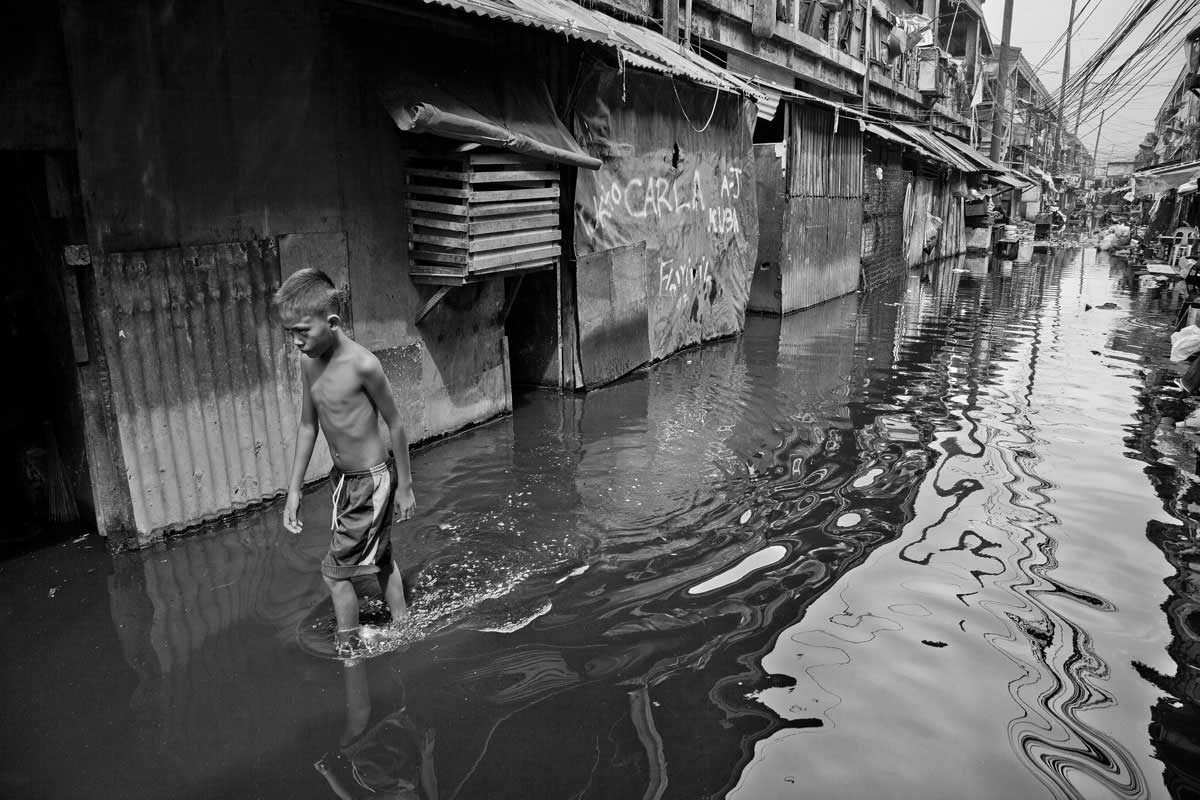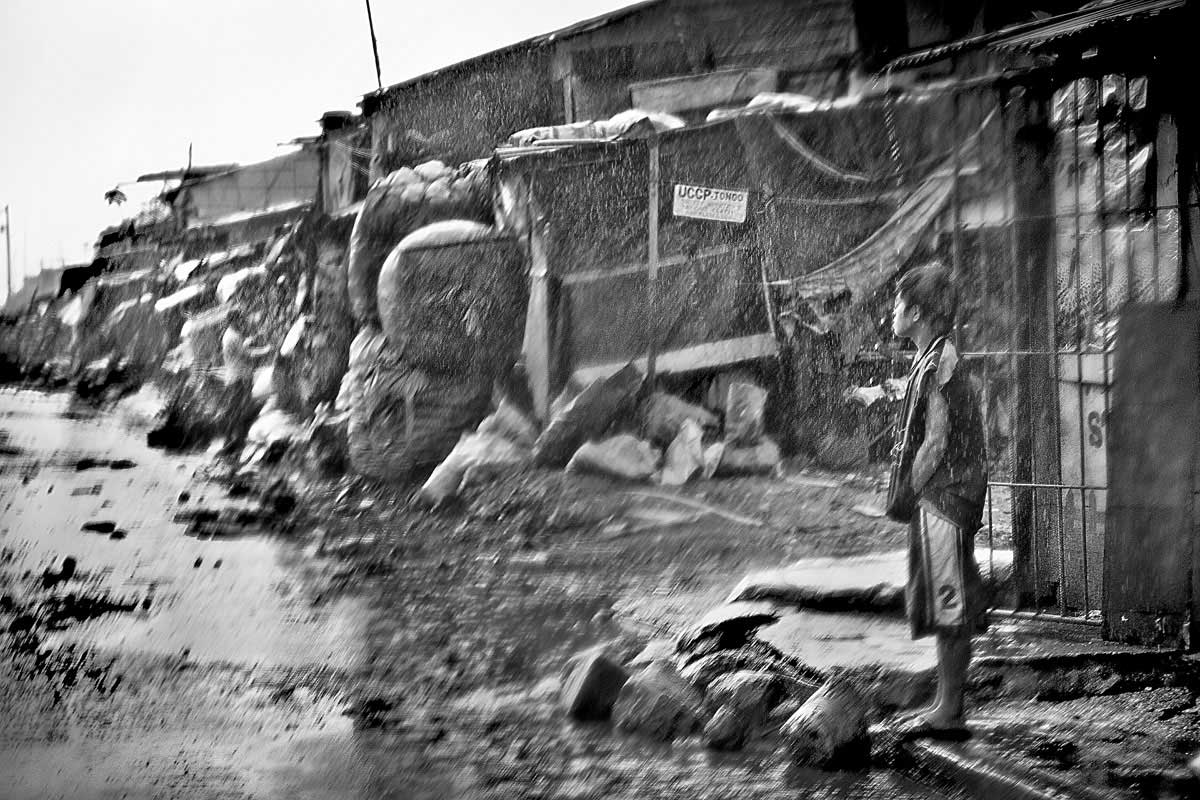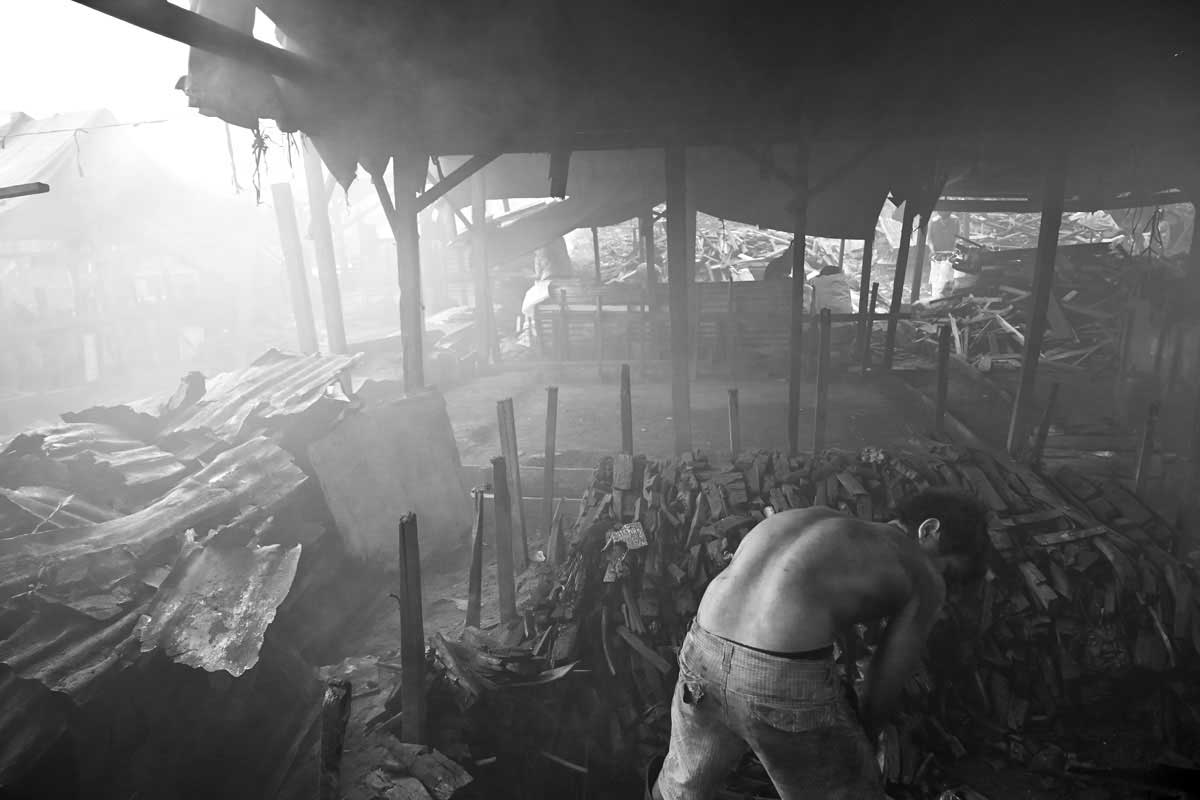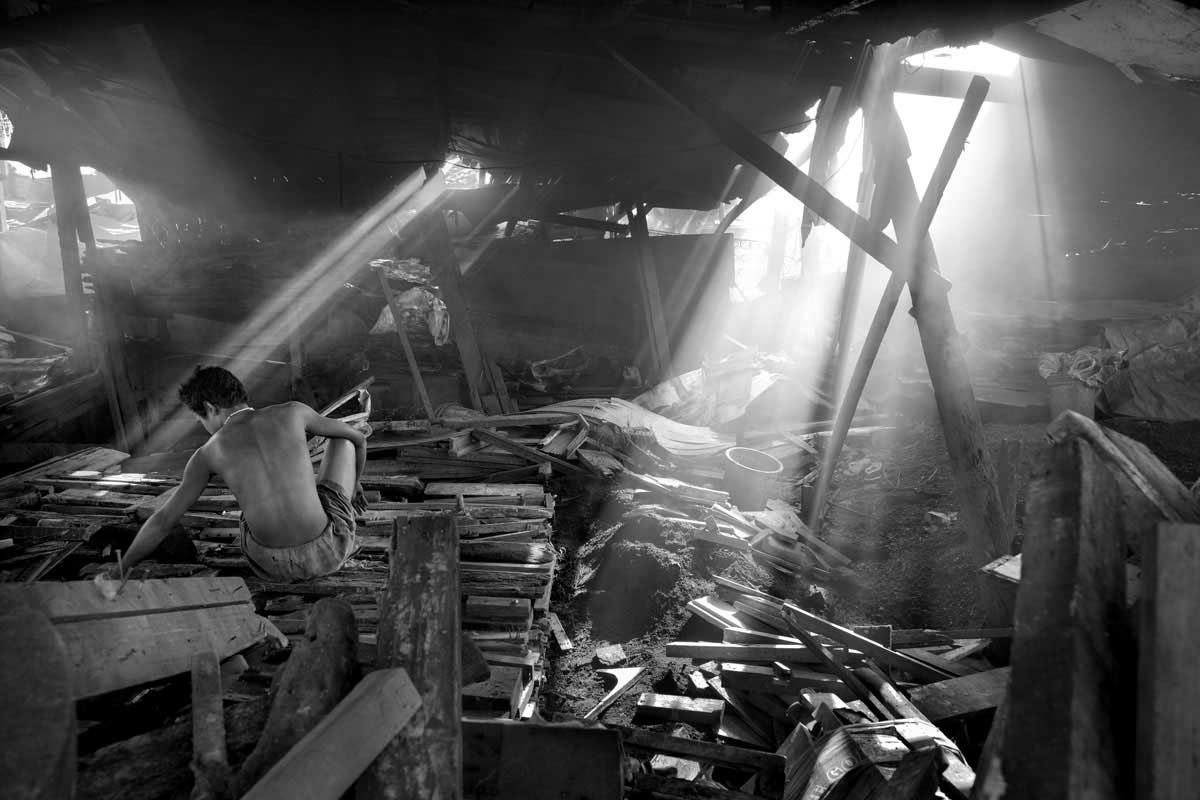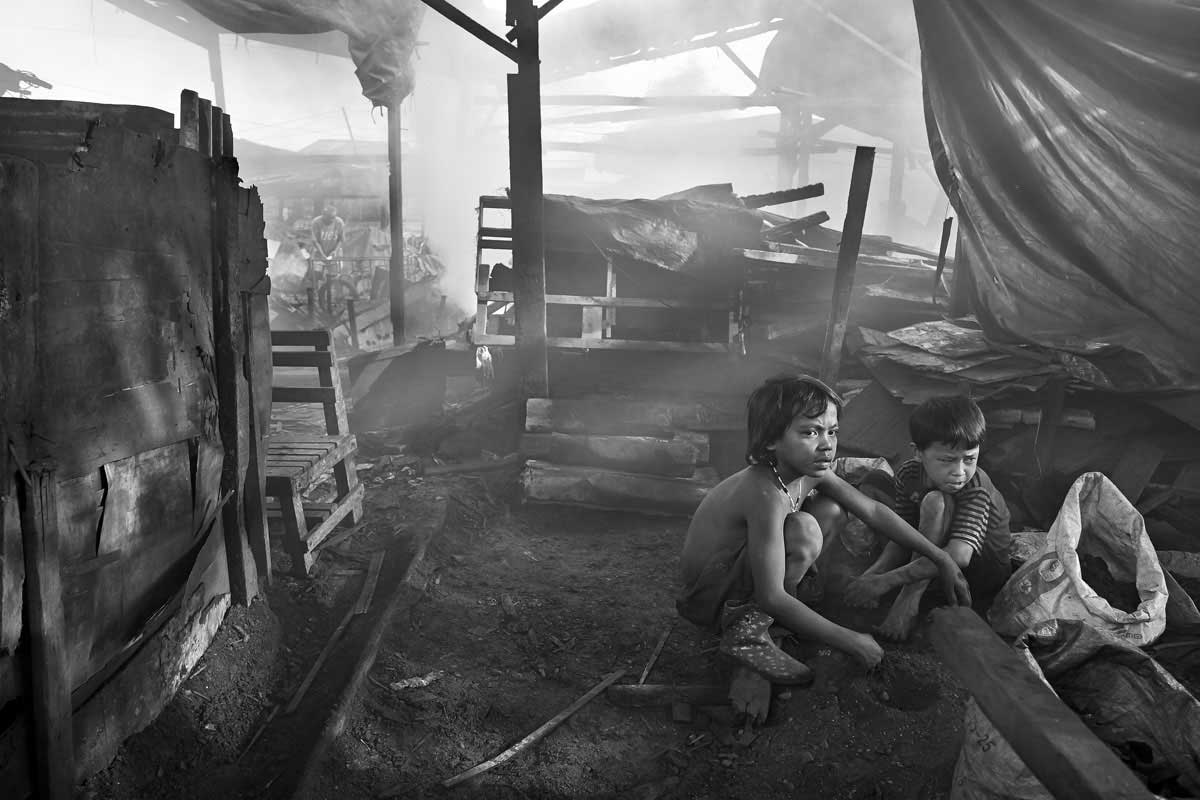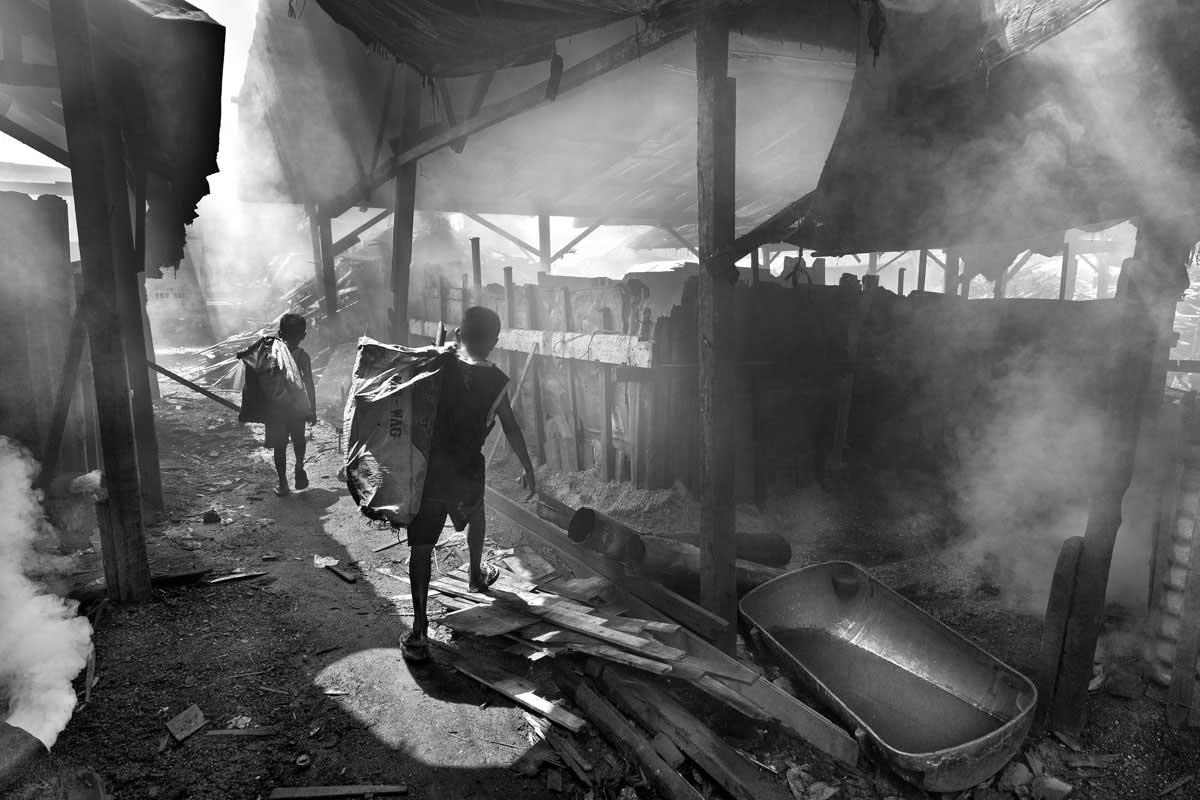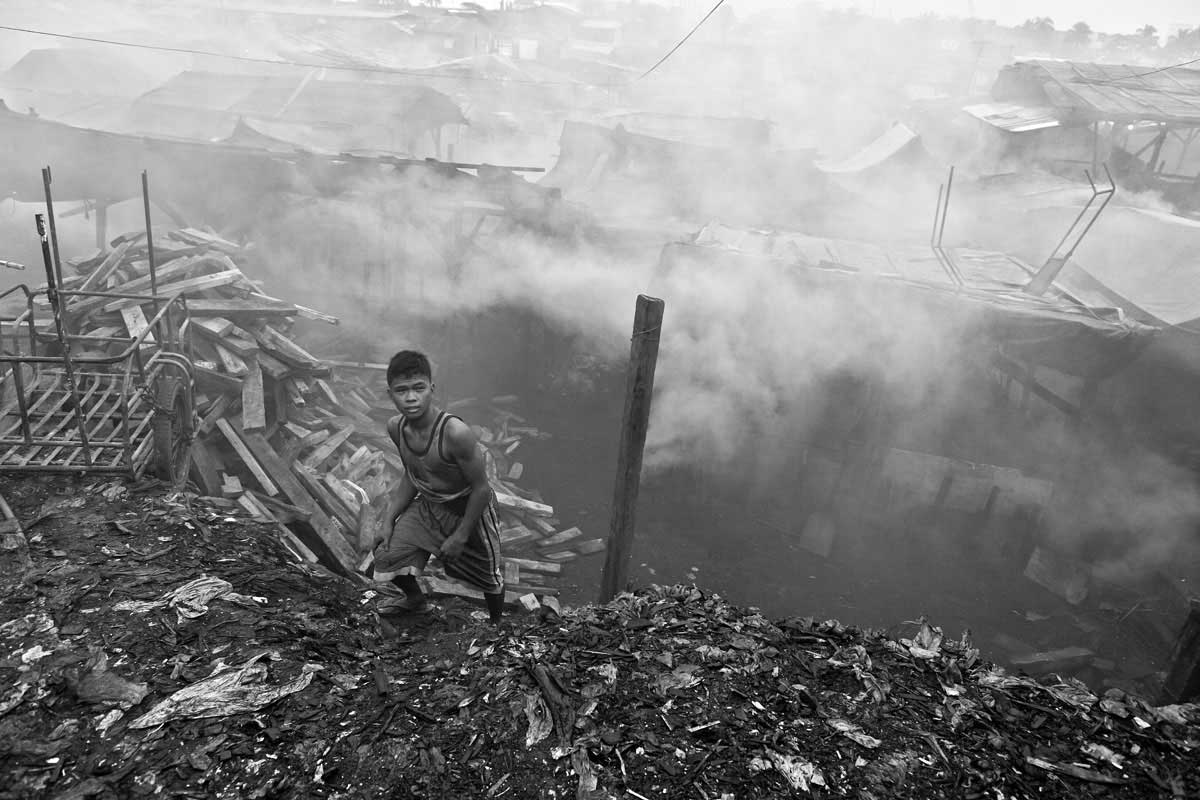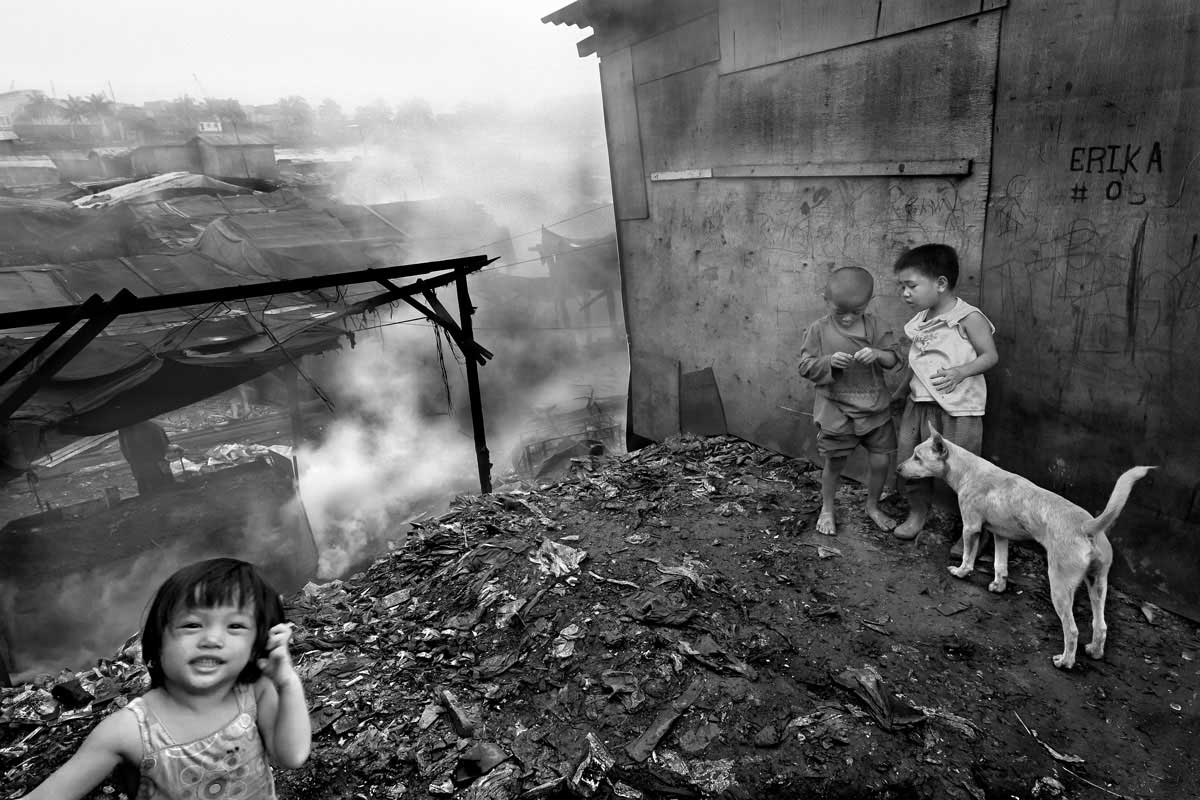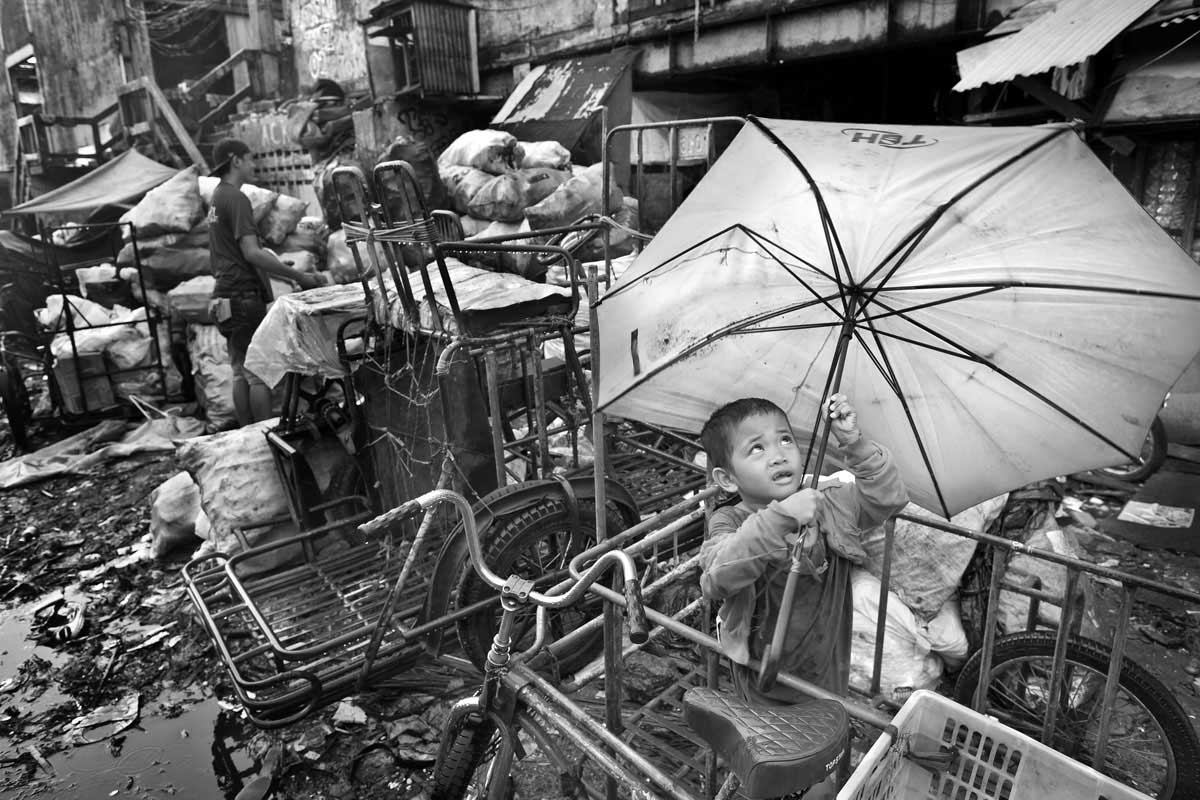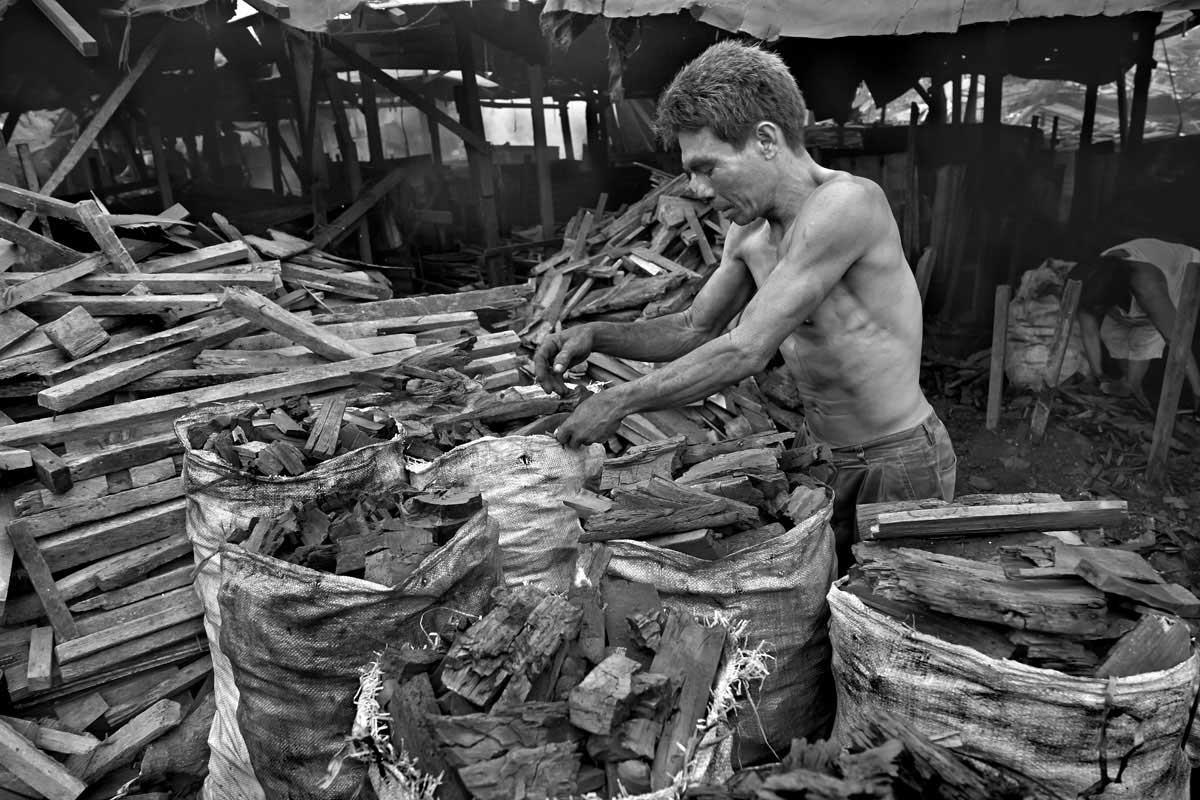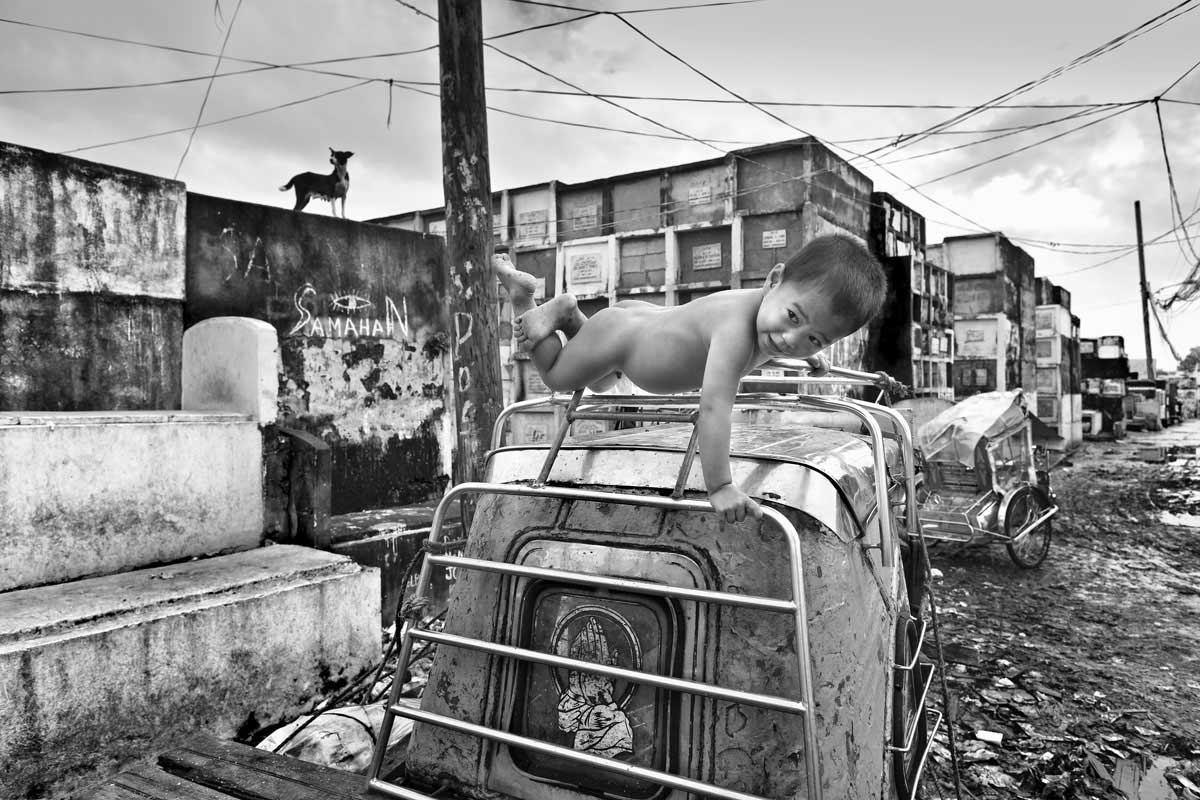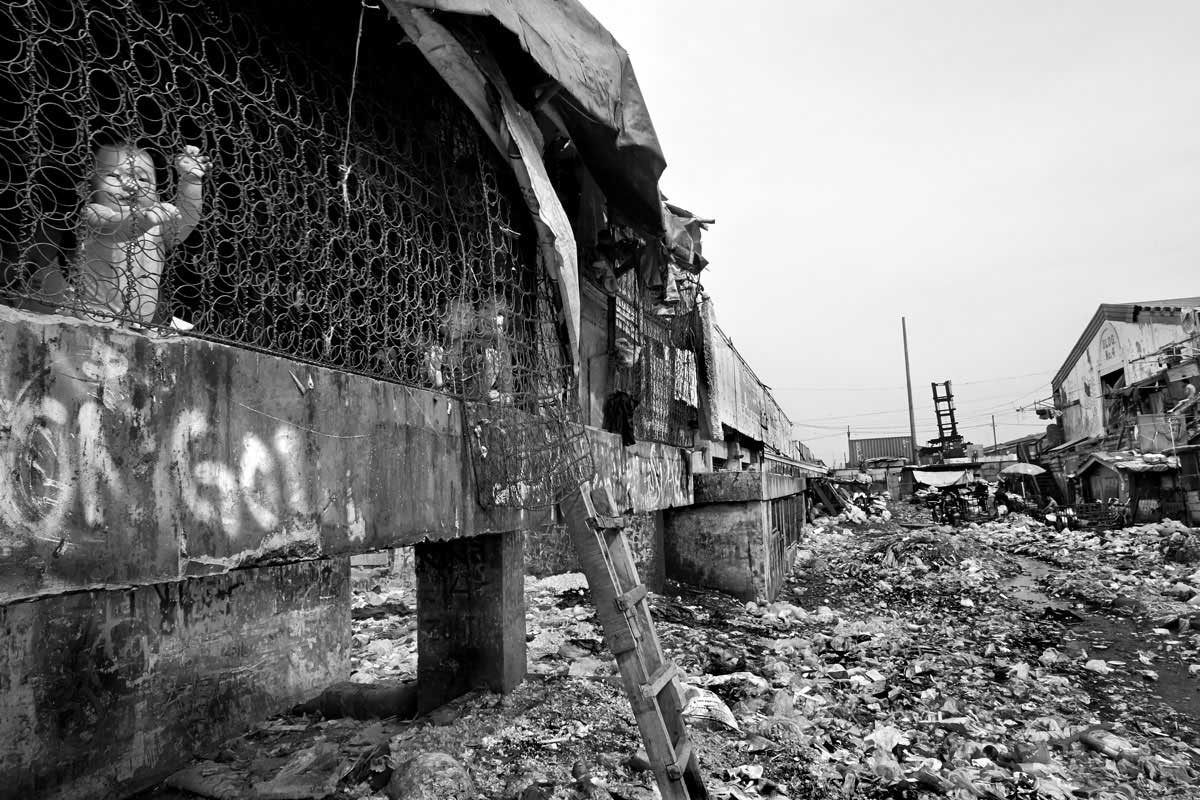The world’s population has increased from 4 billion to 7 billion since 1975 with the majority of the population surge occurring in developing countries.
Today, it is estimated that over 4 billion people are living in urban centers with one quarter of these people (1 billion people) living in slums, and shantytowns within these centers. Each day, lured by bright lights and promises of a better future, more and more people pour into the cities making the slums and shanty towns within grow bigger and bigger. This is what is happening in the city of Manila. Many of these people from the countryside are arriving with grand dreams, but end up struggling to survive while scratching out a living doing menial tasks for subsistence wages. Their families crowded into 15-20 square meter rooms with no water, electricity or toilets. Most people envision the slums of a city to be like, a place overwhelmed with chaos and turmoil, disease and filth, crime, despair and hopelessness.
My initial expectation was no different. To my surprise, what I found as I looked beyond the surface of these so called slums were informal tight knitted communities with genuine people who are ingenious and very hopeful for their future. My photographs are a glimpse into the daily lives of people living in these marginal communities and a celebration of their amazing resilience. When children sleeping in cramped quarters and breathing the smell of decay still find space for laughter. When their beds are dirty, their belly empty and their air thick with disease, it amazes you that they find joy in play. The images examine the contemporary significance of this dark side of urban civilization and that these marginal communities are actually rich with the untapped resource of people and workers. This tremendous resource should be taken care of and developed to its full potential. Instead of trying to ‘solve’ the problems of slums through mindless donations and charity, local governments should work with these marginal communities and provide infrastructure, training to improve skills, access to facilities, jobs and integrate this human potential into the major center. The quality of life in the future depends on the quality of our cities, and the quality of our cities is guided by the people in these marginal communities.
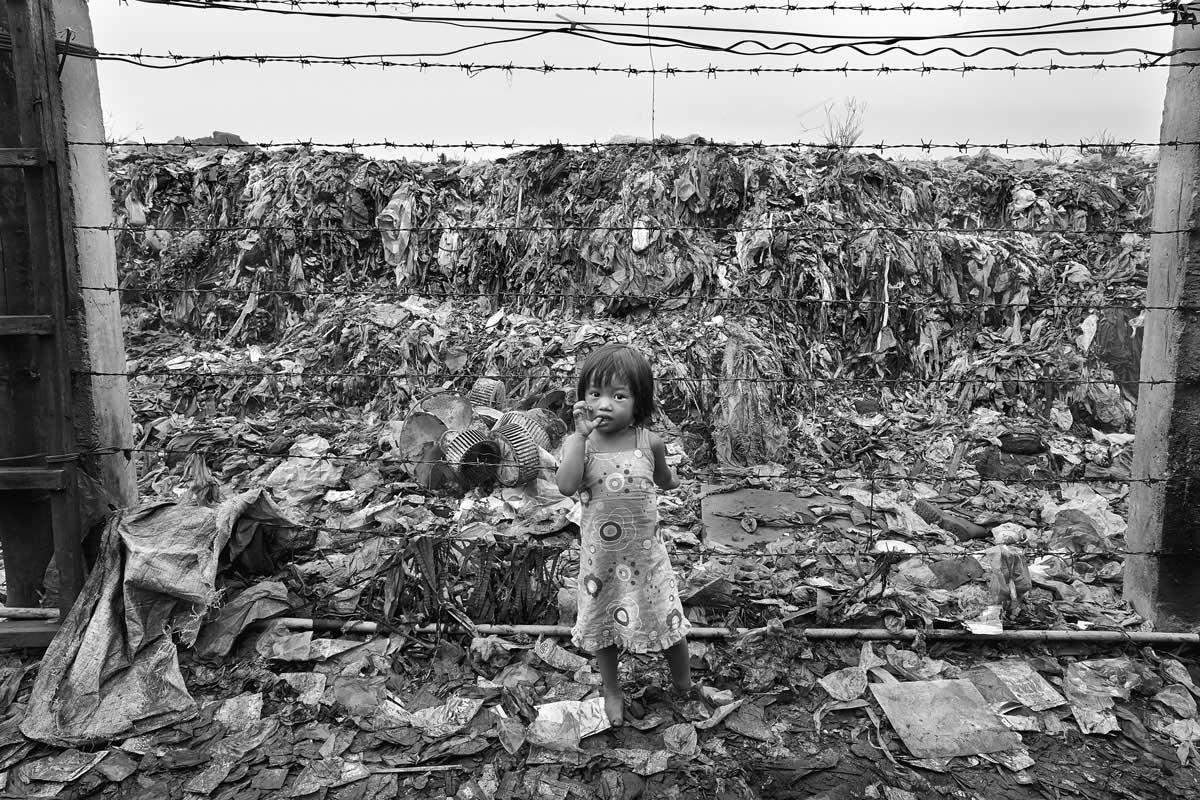
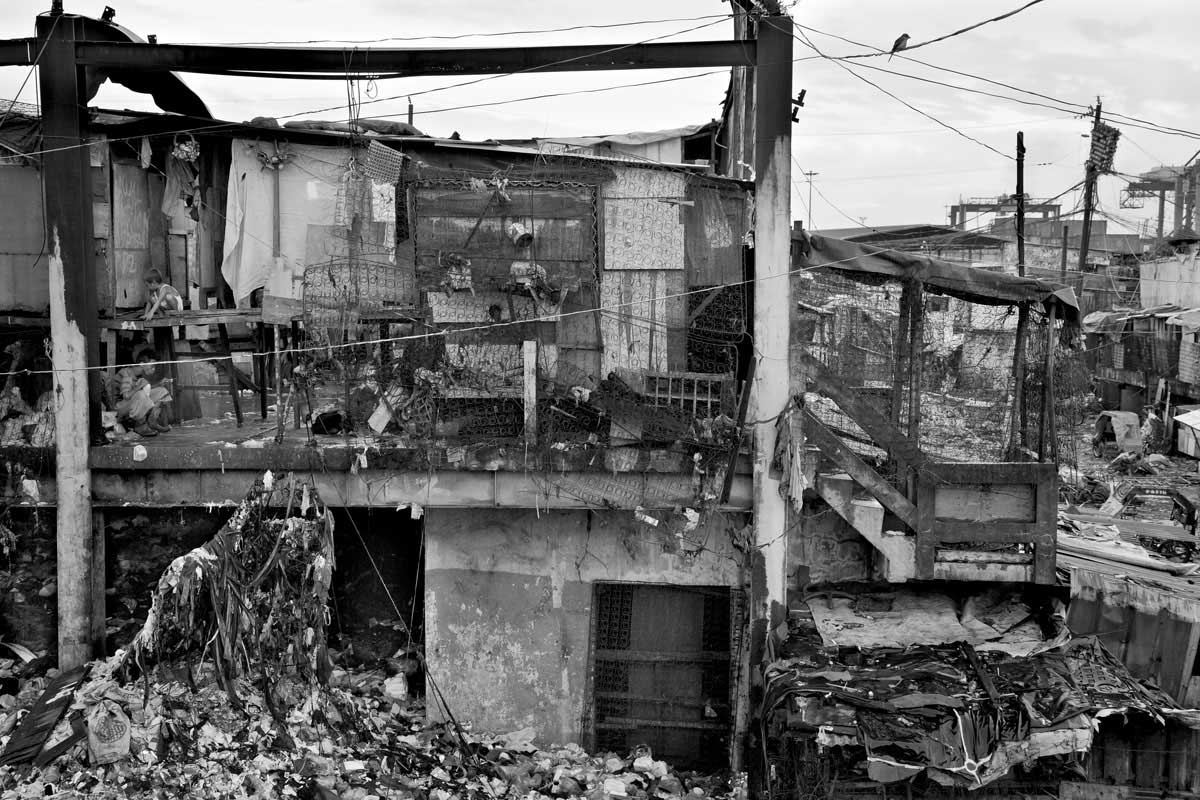
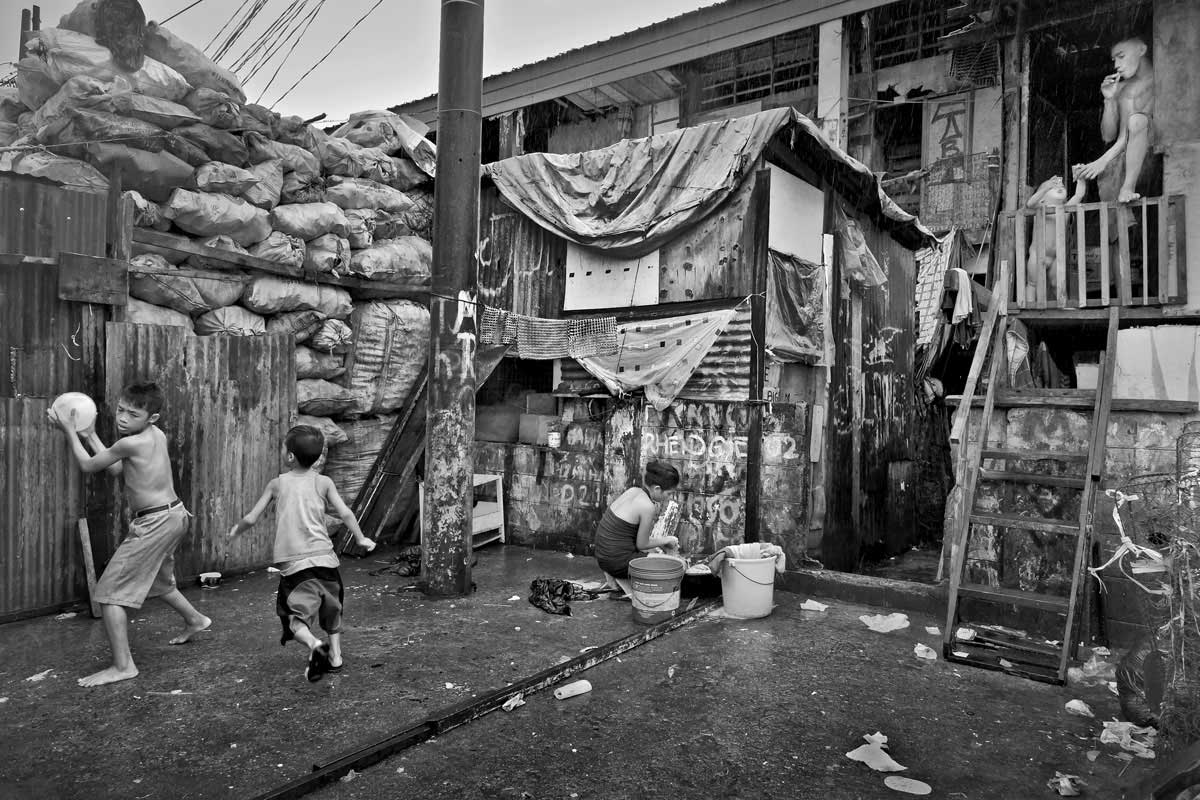
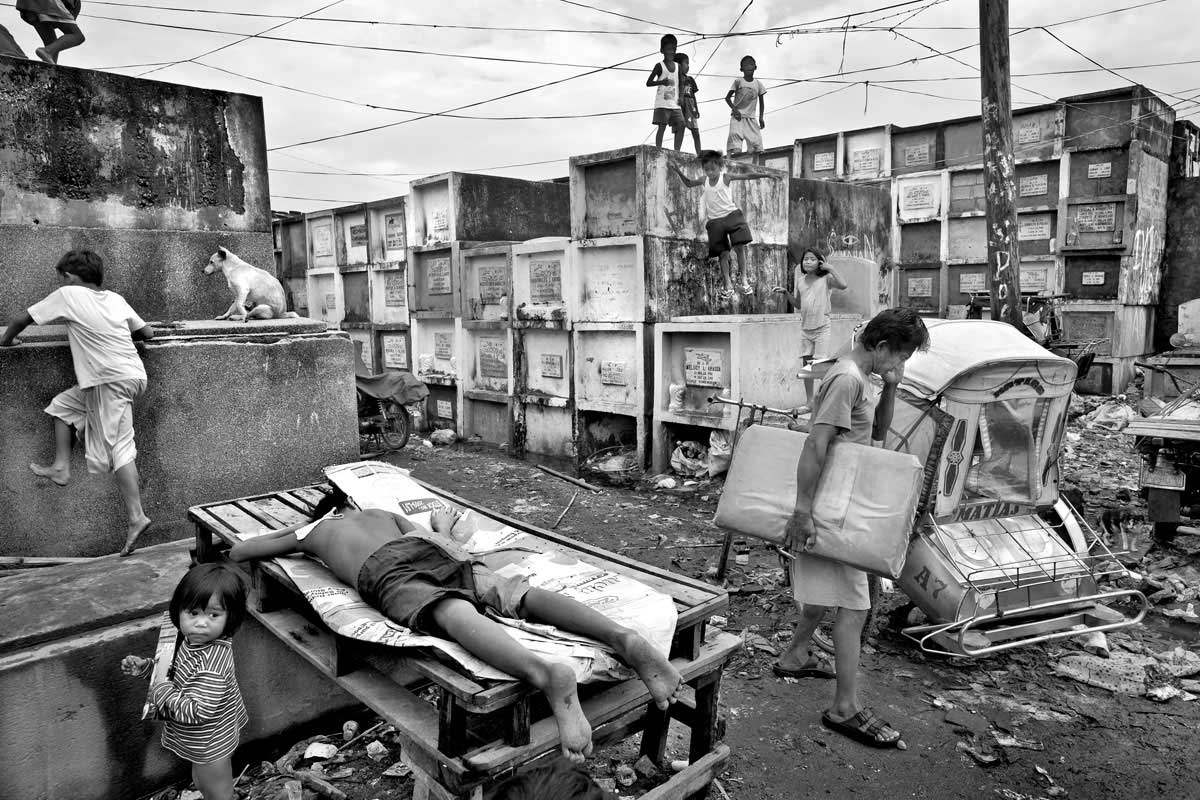
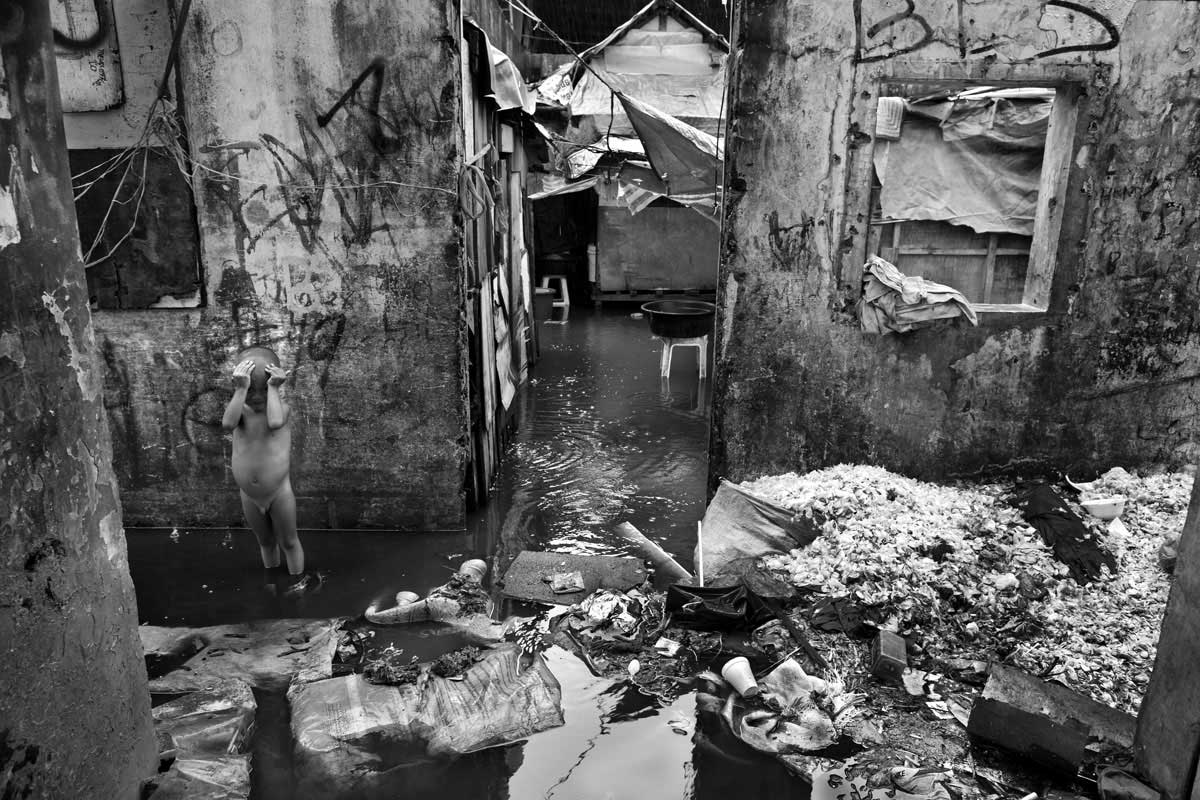
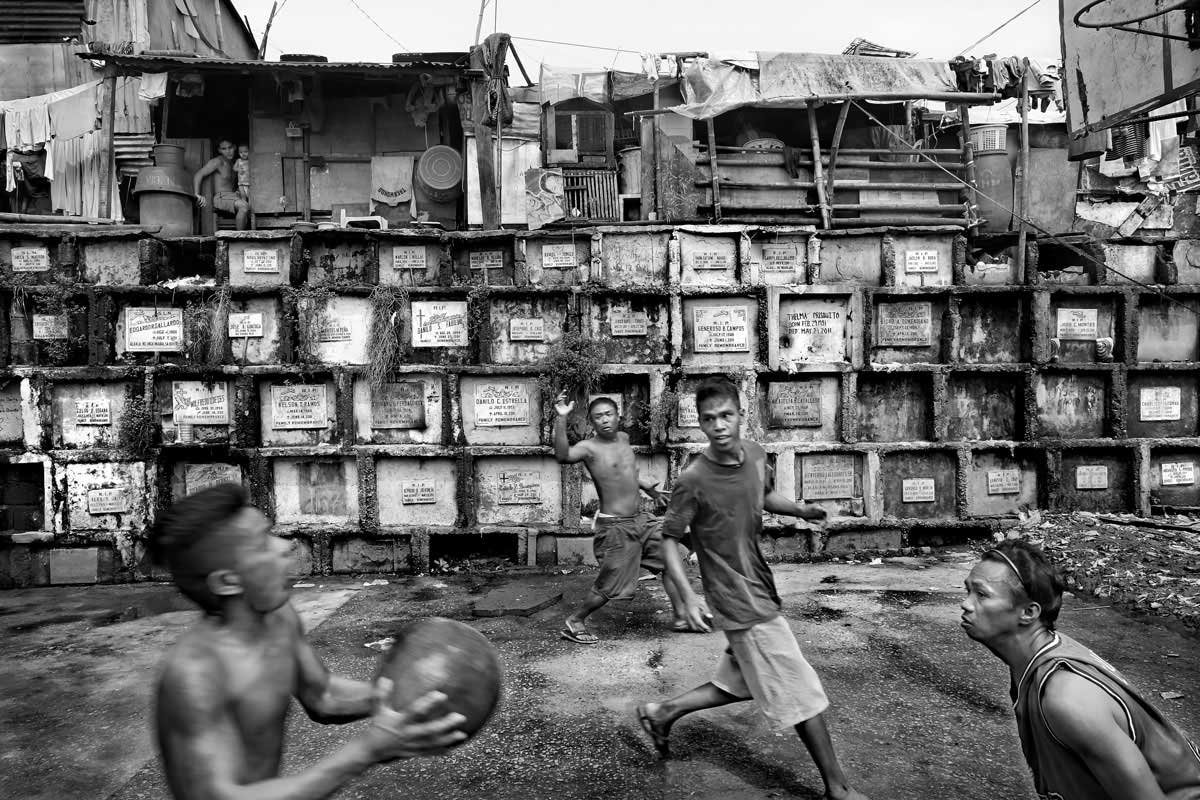
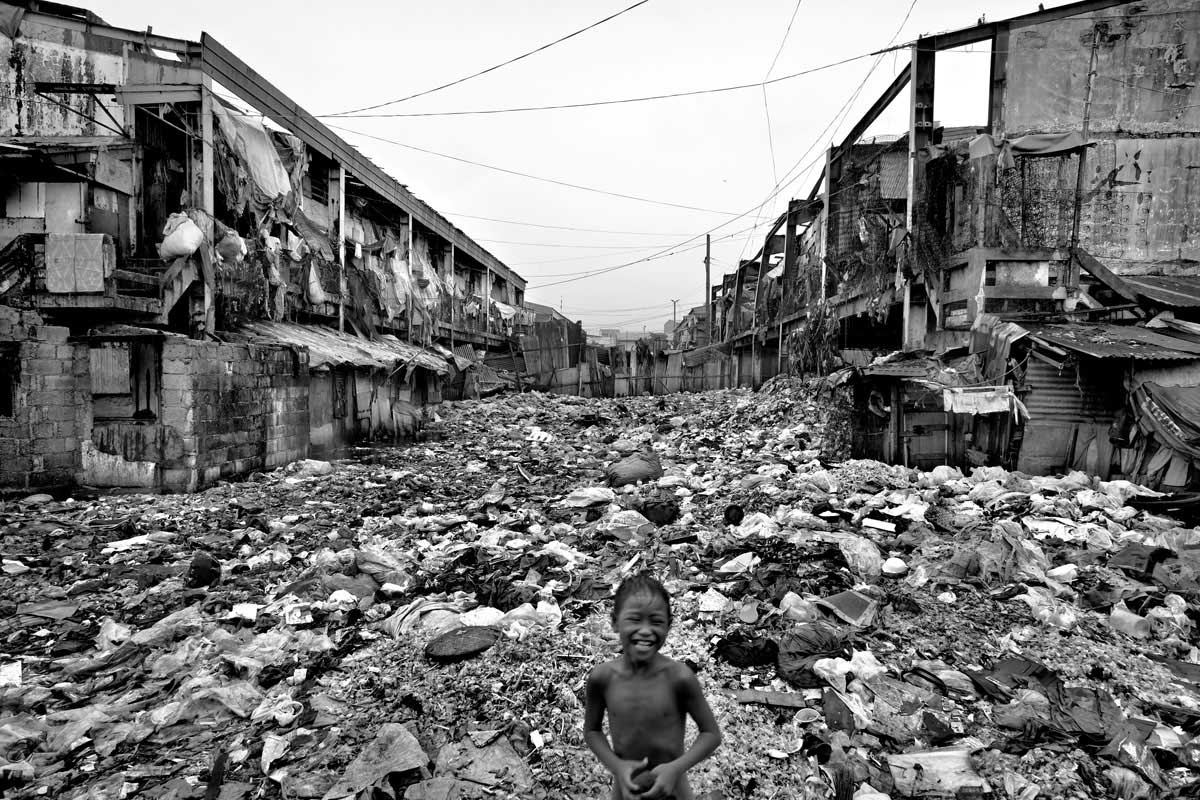
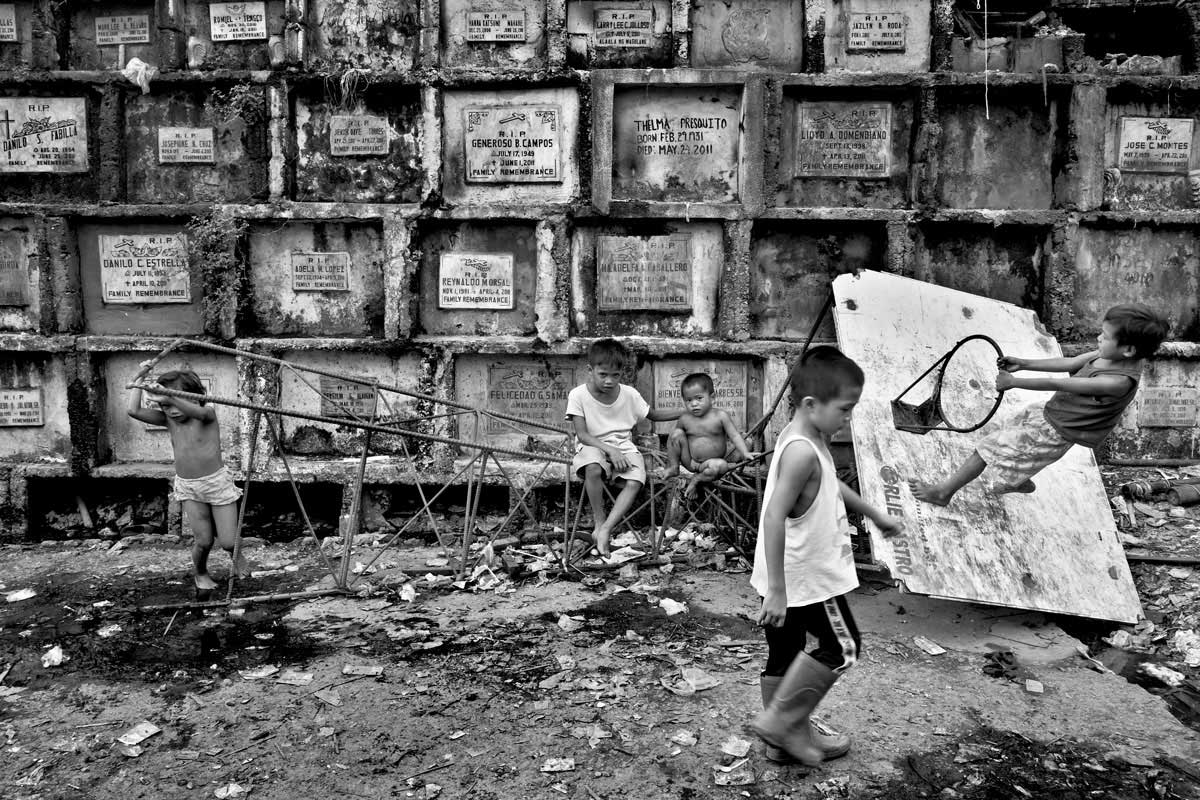
About Larry Louie
Dr. Larry Louie is an optometrist in Canada and also a travel and documentary photographer who has managed to combined his interests to promote the work of different charities around the world. In his optometry clinic, he works to enhance the vision of people from all walks of life in the urban core of a North American city. On his travels, he is a humanitarian documentary photographer, exploring the lives of remote indigenous people, and documenting social issues around the world. As an optometrist, Larry adjusts people’s visual perception. As a photographer, he seeks to adjust people’s view of the world. Either way, he is interested in things that exist outside the regular field of vision.
Over the last couple of years, Dr. Louie has used his photography as a platform to high light the work of different charities around the world, along with other social issues and challenges people are encountering in a world facing rapid urbanization and globalization. He wants to engage people in inspiring stories of perseverance and strength, not only of those who have found themselves caught in such a plight, but also amazing individuals and organizations that are lending a helping hand. He hopes his photographs will be able to tell the stories and make a difference, and to reveal light that is found in the darkest of places.
Larry’s award winning photographs have appeared in the Asian Photography Magazine, Digital Camera Magazine, British Journal of Photography, B&W Magazine, National Geographic and National Geographic Traveler Magazine. His work have also been exhibited around the world; from the Royal Geographical Society of London, UK to the Circle of Fine Art in Madrid, Spain, to the Center of Photography in Charleston, South Carolina to the Pendulum Gallery in Vancouver, Canada to the Royal Alberta Museum in Edmonton, Canada. [Official Website]
